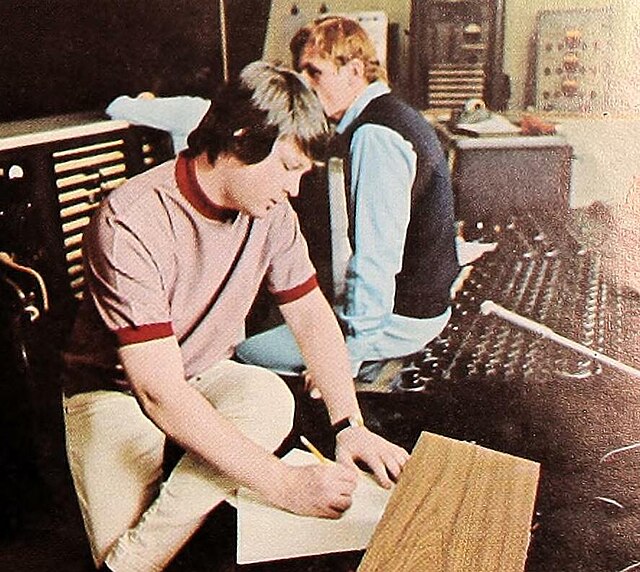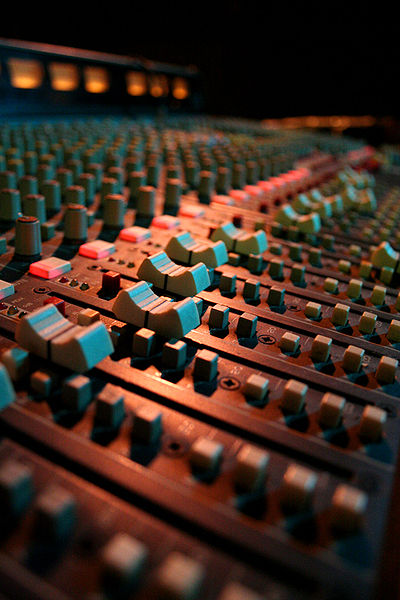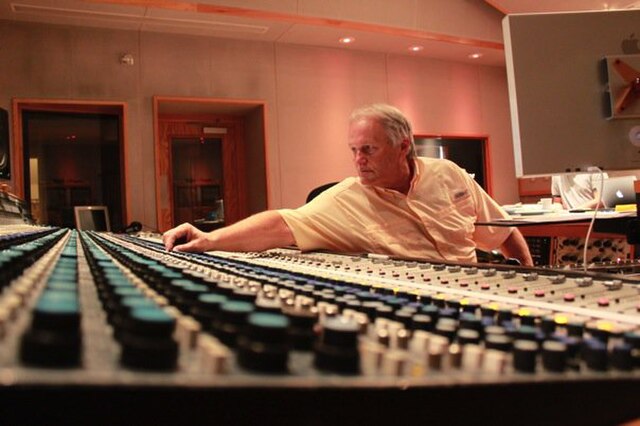A record producer is a music recording project's overall supervisor whose responsibilities can involve a range of creative and technical leadership roles. Typically the job involves hands-on oversight of recording sessions; ensuring artists deliver acceptable and quality performances, supervising the technical engineering of the recording, and coordinating the production team and process. The producer's involvement in a musical project can vary in depth and scope. Sometimes in popular genres the producer may create the recording's entire sound and structure. However, in classical music recording, for example, the producer serves as more of a liaison between the conductor and the engineering team. The role is often likened to that of a film director though there are important differences. It is distinct from the role of an executive producer, who is mostly involved in the recording project on an administrative level, and from the audio engineer who operates the recording technology.

Music producer Sir George Martin, best known for his work with the Beatles, pictured with members George Harrison, Paul McCartney and John Lennon at a recording session at Abbey Road in 1966
Brian Wilson during a recording session, 1966
Mixing console
An audio engineer helps to produce a recording or a live performance, balancing and adjusting sound sources using equalization, dynamics processing and audio effects, mixing, reproduction, and reinforcement of sound. Audio engineers work on the "technical aspect of recording—the placing of microphones, pre-amp knobs, the setting of levels. The physical recording of any project is done by an engineer…"
Noted audio engineer Roger Nichols at a vintage Neve recording console
Acoustic diffusing mushrooms hanging from the roof of the Royal Albert Hall
The Pyramid Stage
Live sound mixing







